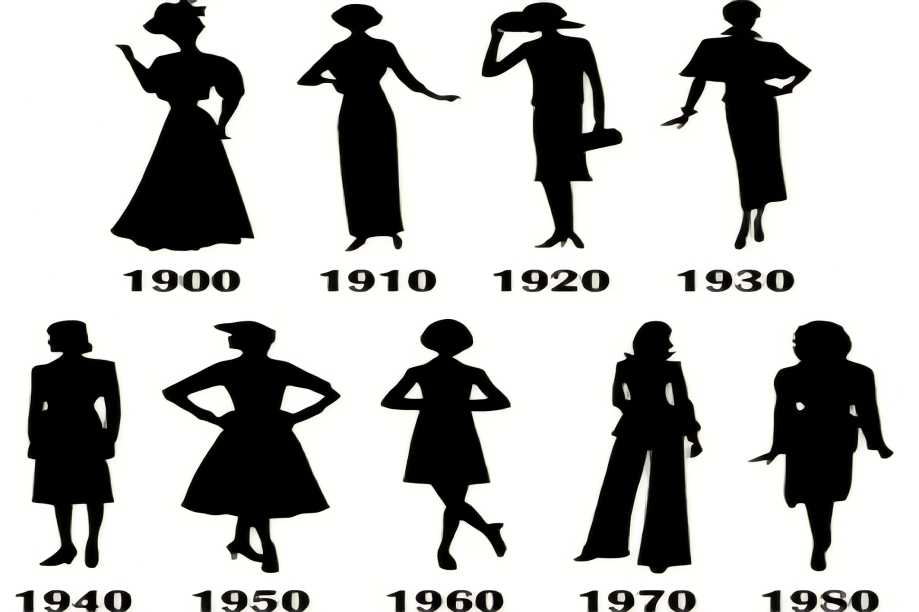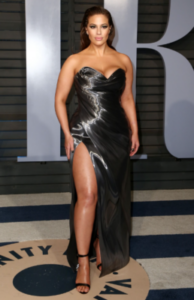
The Evolution of Fashion: Iconic Models Throughout History
Fashion is a reflection of society’s ever-changing tastes, trends, and ideals. Over the years, iconic models have played a significant role in shaping the fashion industry and leaving a mark on the collective consciousness. From their unique looks to their undeniable charisma, these models have become synonymous with the eras they represent.
The Age of Elegance: The Muse of Renaissance During the Renaissance period, beauty was synonymous with grace and sophistication. Paintings like the Mona Lisa by Leonardo da Vinci symbolized the ideal of beauty, influencing fashion trends of the time. With their regal poise and elaborate attire, women epitomized elegance through corsets and voluminous skirts. These iconic models, often nameless, embodied the grace and restraint of an era that laid the foundation for centuries to come.
Roaring Twenties: Flappers and the Liberation of Style The 1920s witnessed a seismic shift in fashion, embracing liberation and defying societal norms. Flappers, epitomized by iconic models such as Louise Brooks, Clara Bow, and Josephine Baker, rejected traditional gender roles with their short bobbed hair, drop-waist dresses, and flashy accessories. They symbolized the spirit of rebellion, as fashion became a means of expressing newfound independence and breaking free from Victorian constraints.

Louise Brooks
Golden Age of Hollywood: The Glamorous Silhouette: The mid-20th century brought forth a new wave of glamour, led by legendary models like Marilyn Monroe, Audrey Hepburn, and Grace Kelly. Marilyn Monroe, with her iconic hourglass figure, became the embodiment of sensuality and elegance. Designers such as Christian Dior revolutionized fashion with his “New Look,” featuring cinched waists, full skirts, and refined tailoring. These models transformed Hollywood fashion into a global inspiration, captivating audiences with their iconic style.
Swinging Sixties: The Rise of the Supermodels: The 1960s brought a cultural revolution and a shift in the modeling industry. Twiggy, the epitome of the “youthquake,” emerged with her androgynous figure and doe-eyed charm. Her boyish haircut and miniskirts defined a new era of mod fashion. Other notable models like Jean Shrimpton, Veruschka, and Penelope Tree broke boundaries, challenging the established norms of beauty and bringing fresh, captivating energy to the fashion world.
Diversity and Empowerment: The Models of Today: As fashion continues to evolve, diversity and inclusivity have become crucial factors. The industry has seen the rise of iconic models who challenge conventional beauty standards and pave the way for change. From Naomi Campbell and Tyra Banks to Ashley Graham and Winnie Harlow, these models have redefined beauty, emphasizing that fashion is for everyone. They have used their platforms to advocate for inclusivity, empowering individuals to embrace their uniqueness.

Ashley Graham
Throughout history, fashion has been a dynamic force, continually shaped by the vision and influence of iconic models. From the elegant muses of the Renaissance to the rebellious flappers of the 1920s, the glamorous stars of Hollywood’s Golden Age, and the trailblazing models of today, each era has left an unforgettable mark on the fashion landscape. These iconic figures have not only represented the epitome of style but also empowered individuals to embrace their own uniqueness. As we look ahead, we can only imagine how future generations of models will continue to redefine and evolve fashion, breaking barriers and inspiring us all.


